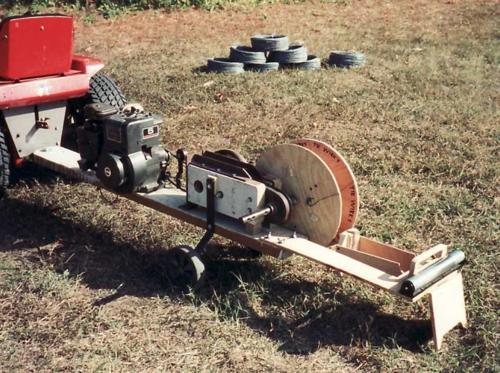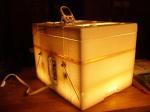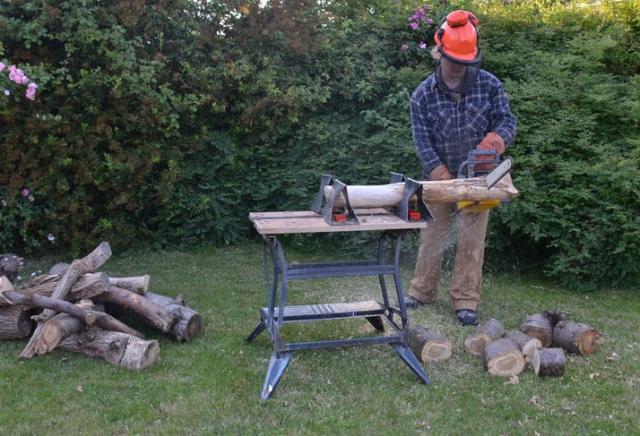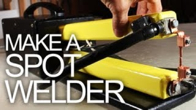- Thread starter
- #91
Joel_BC
Super Self-Sufficient
Here's a wire winder that a guy made. Could be helpful for winding up old vinyard wire (as the article mentions), or numerous other kinds of wire. For outoor use, as it is powered by a gasoline engine.

Uses a lawnmower type engine, transmission (for gear-down), pulleys and v-belt, and various other repurposed or scrap parts. It's given a basic explaination in an Instructables article.
http://www.instructables.com/id/Winder-of-wires/?ALLSTEPS

Uses a lawnmower type engine, transmission (for gear-down), pulleys and v-belt, and various other repurposed or scrap parts. It's given a basic explaination in an Instructables article.
http://www.instructables.com/id/Winder-of-wires/?ALLSTEPS




